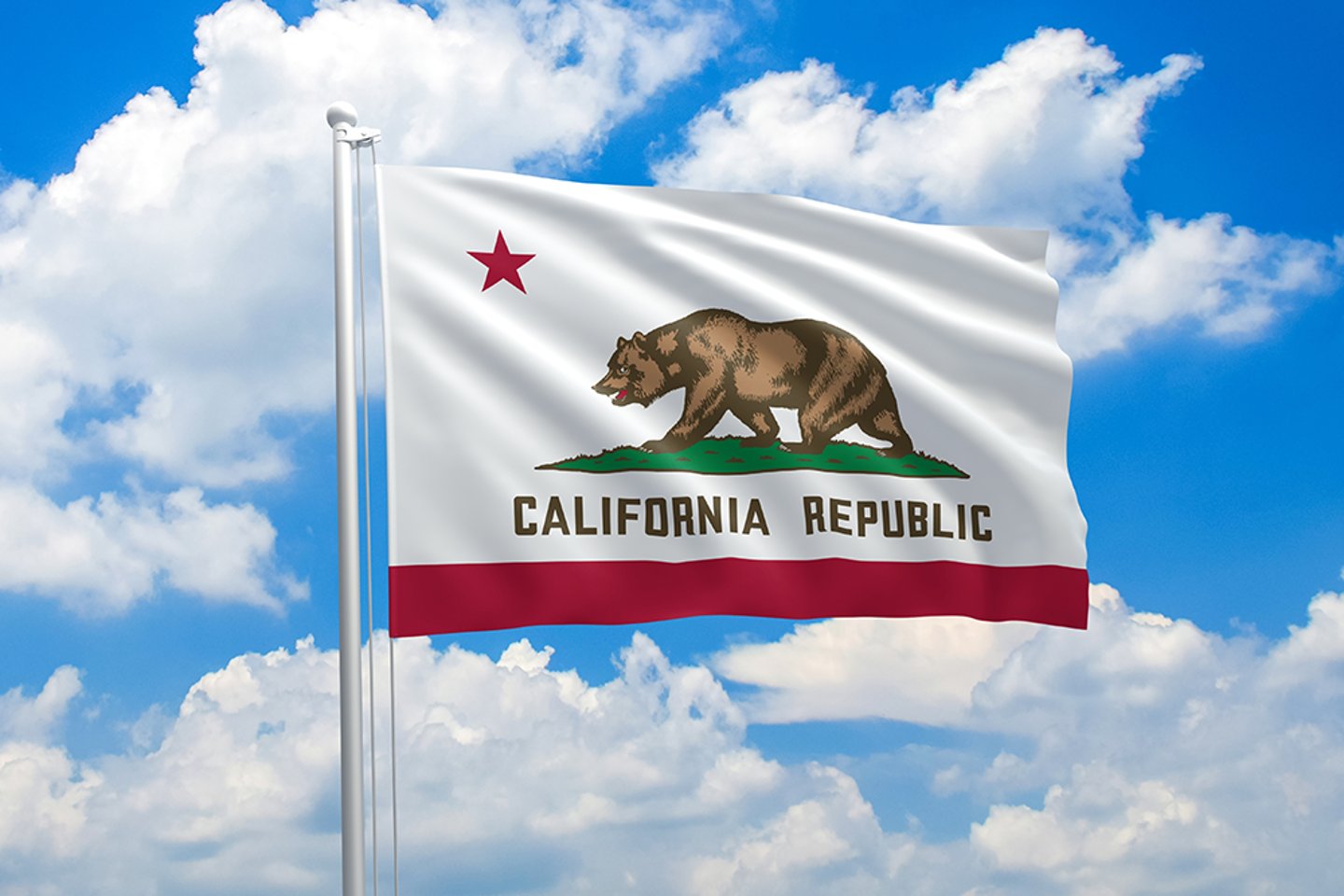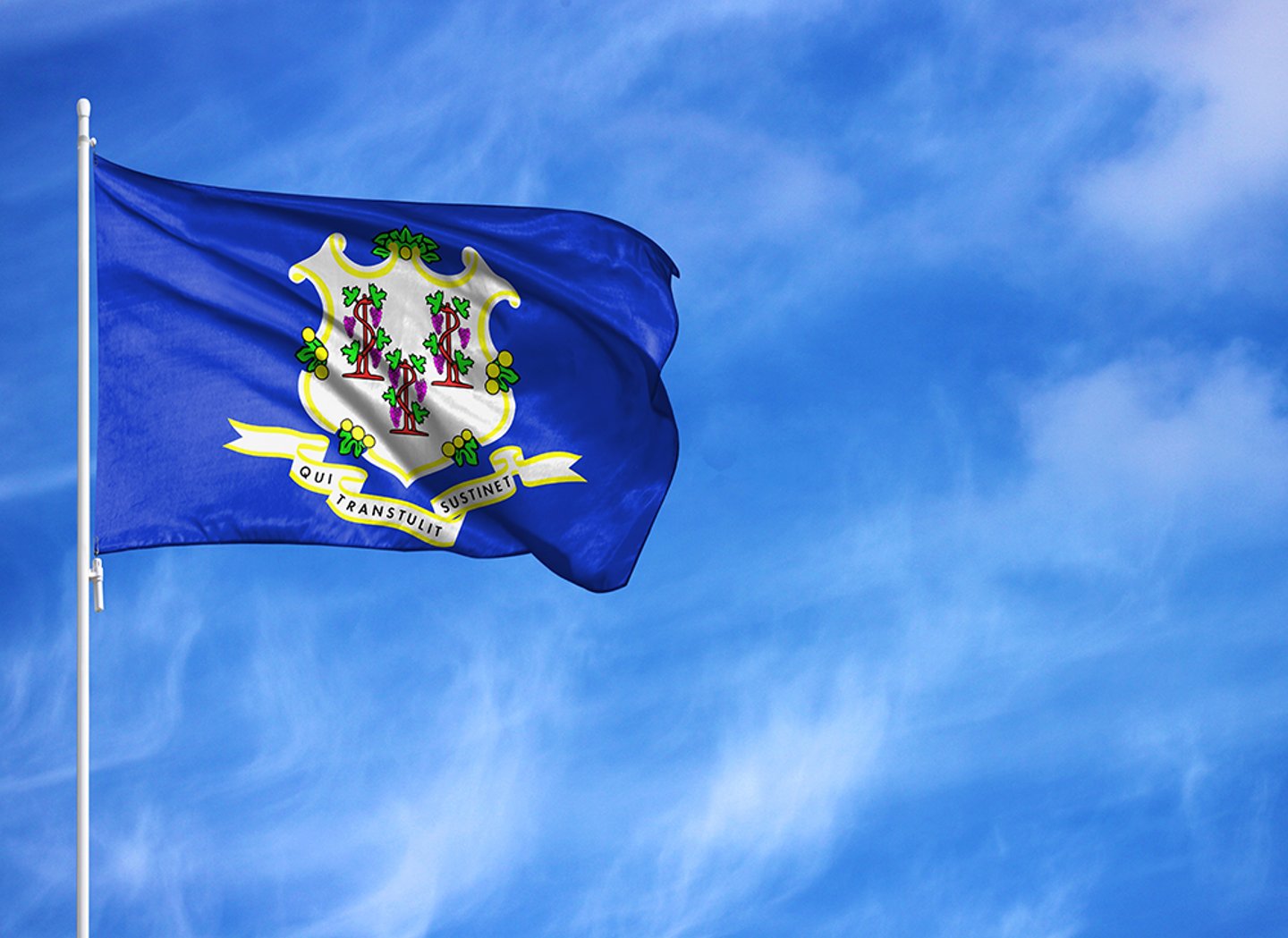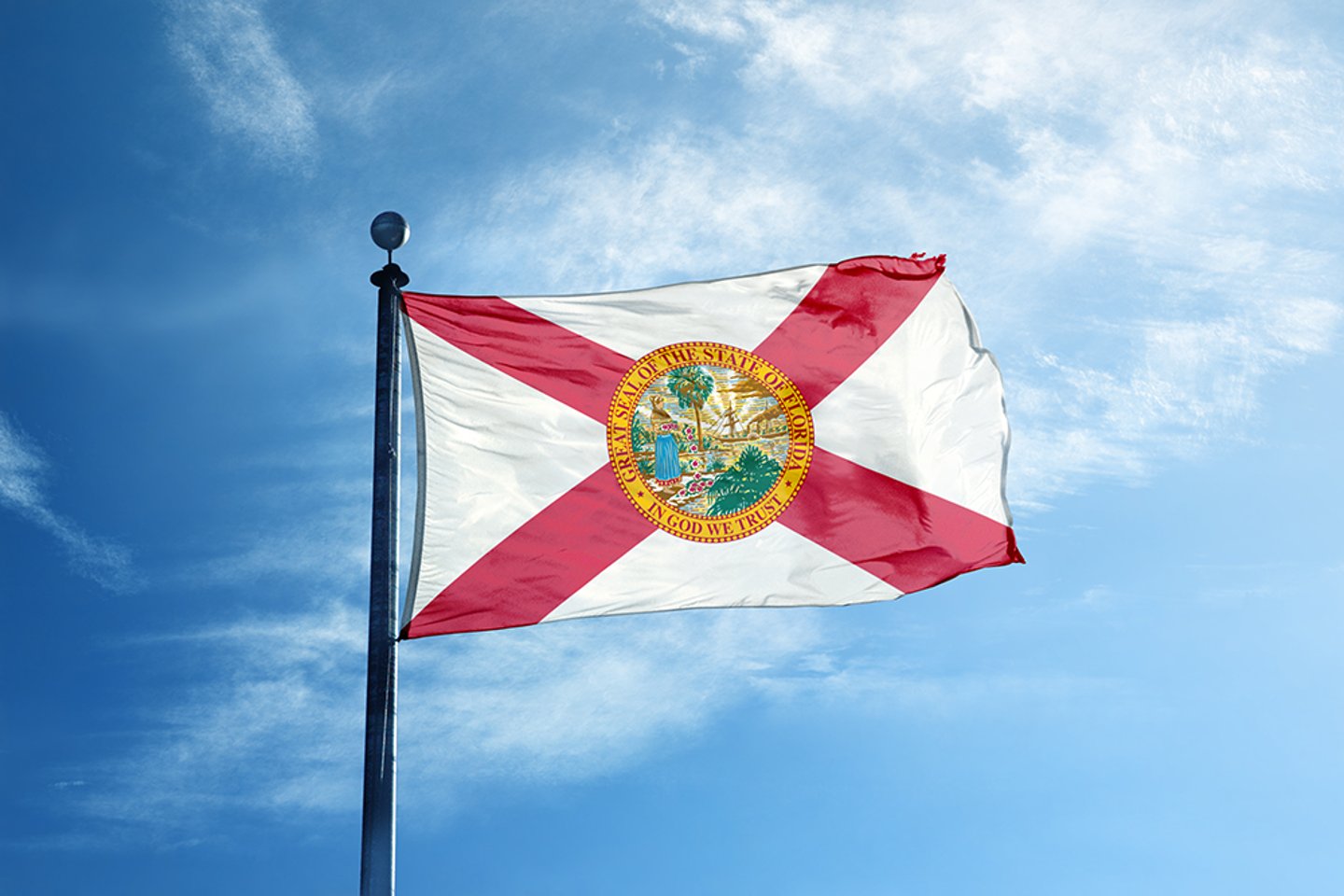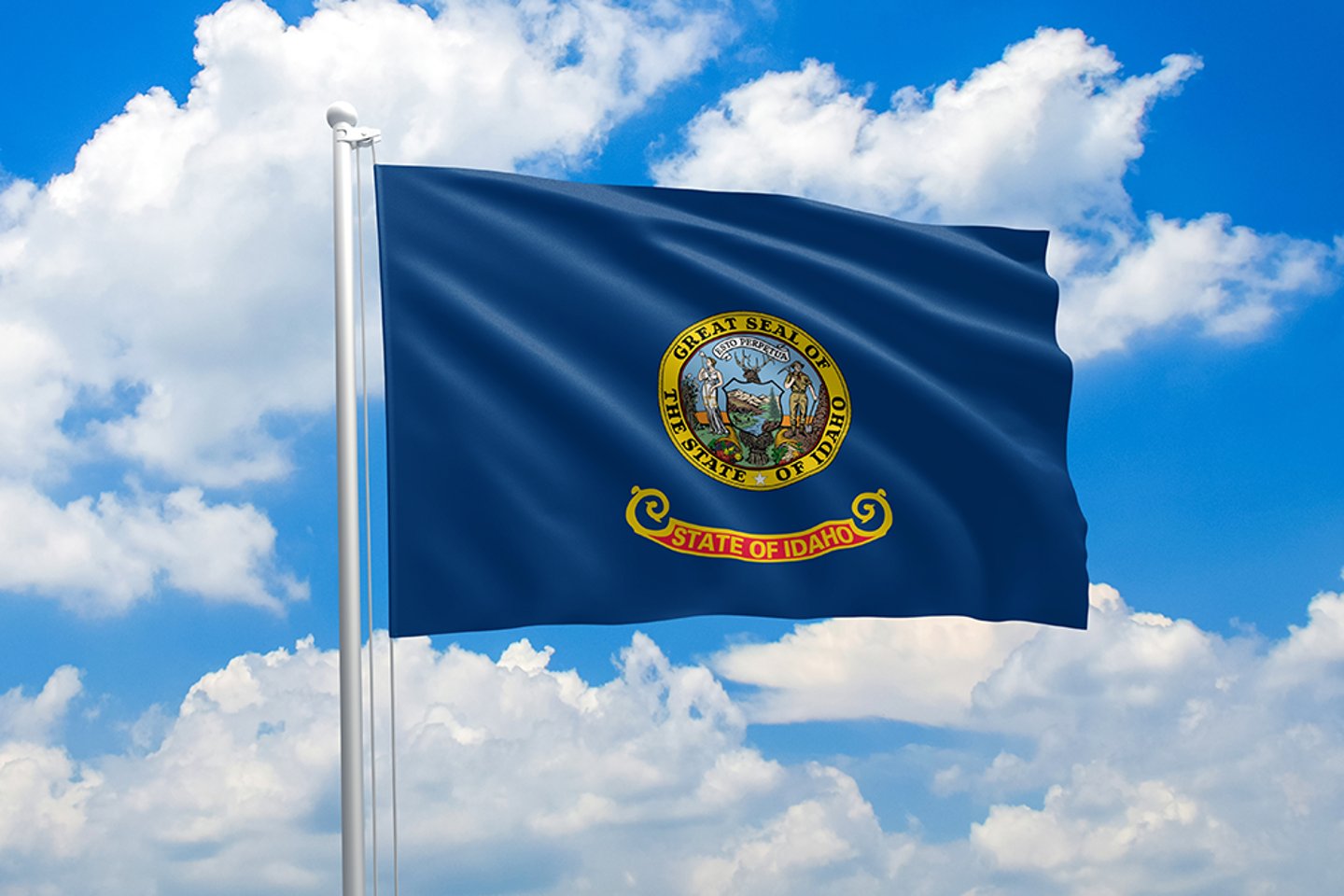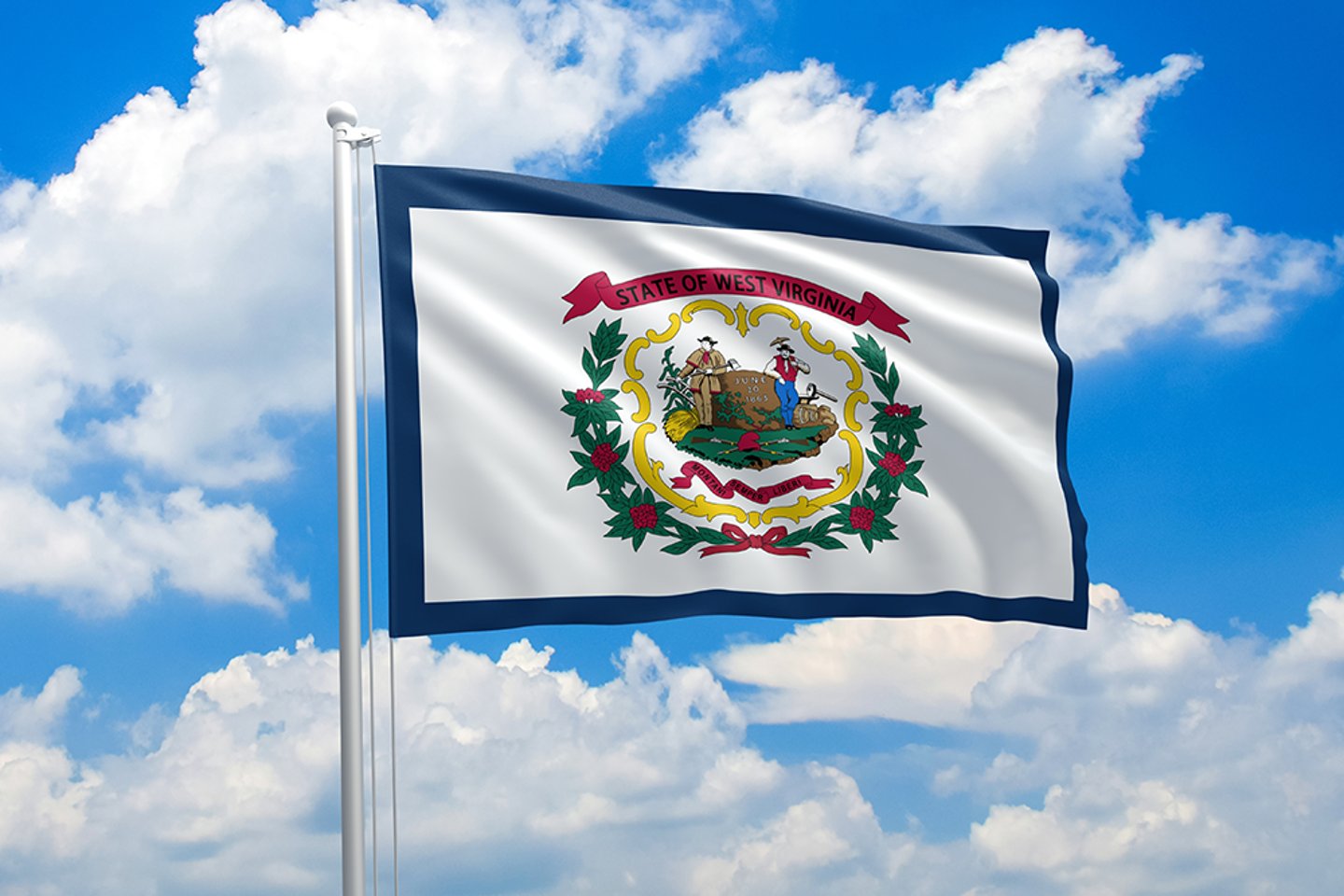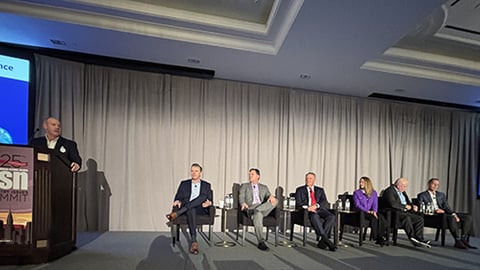10 states ideal for retail pharmacy
As the U.S. population ages, consumer demand for pharmaceuticals and other products and services related to health ailments increases. An estimated 84.7% of people aged 65 and older used a prescription drug during a 30-day window in 2019, the latest year for which data is available, according to Centers for Disease Control data cited by IBISWorld in its March 2024 Pharmacies & Drugstores report.
“The industry benefits from strong need-based demand for prescription drugs from this age demographic,” the report concluded.
Age is just one factor to consider when pharmacy retailers are evaluating potential markets for growth, however. Others include population growth, employment levels, education and the competitive landscape. Perhaps the most critical variable in the mix is the state regulatory environment, which has a direct impact on revenues, profitability, staffing and other aspects of retail operations. As more and more states have sought to address the prescription drug reimbursement practices of pharmacy benefit management companies and tackle other issues that impact pharmacy operations, those states stand to become better suited for retail pharmacy growth.
“There’s a need for regulating PBMs and having transparent, cost-based reimbursement that you can count on,” said Joel Kurzman, director of state government affairs at the National Community Pharmacists Association. “That sort of stability is what makes a business proposition feasible.”
Jenni Zilka, president of Good Neighbor Pharmacy and senior VP of community and specialty pharmacy at its parent company, Cencora, and Phyllis Houston, VP of pharmacy enablement and performance at Cencora, agreed.
[Read more: Americans turning to convenient care centers, study finds]
“Good Neighbor Pharmacy members’ businesses are expanding in the states/regions that support expanding the pharmacist’s scope of practice to include patient care services, as well as supportive reimbursement models that pay pharmacists for those patient care services in addition to prescription dispensing,” they said.
Based on those factors as well as the presence of health care deserts, the states that are best positioned for retail pharmacy expansion include California, Connecticut, Illinois, Montana, New Mexico and Washington. Following are brief overviews (in alphabetical order) of the market conditions in those six states and four others — Florida, Idaho, Iowa and West Virginia — that are among those suggested by Kurzman and other industry observers as potential areas where retail pharmacy may find conditions suitable for expansion.
California
California offers pharmacists expanded patient care opportunities and has established pathways for billing these services, such as vaccines, medication therapy management, point-of-care testing, birth control, smoking cessation, travel vaccines, chronic condition management, Naloxone, and HIV PrEP/PEP, said Zilka and Houston.
“All of this, combined with pharmacists’ ability to engage in collaborative practice agreements and receive reimbursement for these services, makes California an attractive market,” they said. Aditya Kaushik, analyst at Coresight Research, said that even though California is among the states where the population has been declining, the average age of Californians is increasing, making it potentially more attractive to drugstore operators.
“Some of the states that are seeing exit migration are still opportunities for pharmacy expansion, because younger consumers are leaving, and older consumers remain,” Kaushik said.
By about 2030, people aged 65 and older are projected to outnumber children under 18 in the state, the Public Policy Institute of California reported, citing the state’s declining birth rates and longer life expectancy. However, this shift also raises concerns about the size of the state’s labor force, the PPIC noted.
Connecticut
Connecticut has one of the oldest populations, with a median age of 40.9, according to the U.S. Census Bureau, and it also generates a relatively high volume of revenues from its drugstores. This suggest that the Nutmeg State offers opportunities for retail expansion.
The IBISWorld report tallied 991 pharmacy and drugstore establishments in Connecticut or 1.1% of the total in the nation. However, these locations generate 1.7% of total industry revenues.
In addition, the state holds promise for expansion because of recent legislative advancements, Zilka and Houston said. Connecticut Senate Bill 1102 permits pharmacists to administer various vaccines and HIV-related tests, while Connecticut House Bill 6768 authorizes them to prescribe emergency contraceptives, they explained.
[Read more: Serious threats, big opportunities]
“These measures enhance pharmacists’ ability to meet diverse healthcare needs,” they said.
Connecticut also has a high percentage of pharmacy deserts, Zilka and Houston pointed out. More than a quarter (26.5%) of the state’s 883 census tracts are designated as pharmacy deserts, they said, citing third-party data sources.
Florida
The Sunshine State is home to a growing population of retirees, with 21.6% of the population aged 65 or older, compared with 17.3% of the U.S. population overall, according to the U.S. Census Bureau.
This indicates a potential opportunity for retail pharmacy expansion, despite the relatively good health of Floridians. The state ranks 26th in terms of the percent of the population living with multiple chronic conditions, with 11.3% of residents reporting that they have three or more conditions, including arthritis, asthma, cardiovascular disease and diabetes, according to the United Health Foundation’s America’s Health Rankings report.
Kurzman said Florida has the potential to be a model for how states enforce its Prescription Drug Reform Act, which seeks to regulate PBMs. “We think that Florida has amazing potential to be a model for other states, if the follow-through is there,” he said.
Idaho
Although Idaho has a relatively young population and a relatively low percentage of individuals with chronic diseases, the state is an example of one in which pharmacists can practice “at the top of their license,” said Kurzman.
“If I were a really clinically oriented pharmacist, I would see Idaho as a place to reach my fullest potential,” he said. In 2018, for example, the state granted pharmacists prescriptive authority for more than 20 categories of medications. Idaho pharmacists already had the ability to prescribe other medications, including tobacco cessation aids, immunizations and others.
Coresight Research’s February 2024 Market Navigator report on the drugstore industry also listed Idaho as a state that was notable for its prescribing authority.
Idaho ranks 38th in state population and is 45th in terms of number of pharmacy and drug store establishments, according to the IBISWorld report.
Illinois
Illinois’ population decline of 2.1% during the last three years is one of the highest in the nation, but it remains a viable expansion market for retail pharmacy as its population ages.
It is still the sixth largest state by population and ranks fifth in the nation in terms of the number of pharmacy and drugstore establishments, according to IBISWorld, with 3,284 locations.
Residents of the Prairie State also have above-average annual income and above-average education levels, according to the U.S. Census Bureau. Its 4.8% unemployment rate also is the highest in the nation, according to the U.S. Bureau of Labor Statistics.
[Read more: Viewpoint: Would fewer doors strengthen pharmacy?]
Illinois also has made some recent legislative advancements that enable pharmacists to take on patient care services, said Zilka and Houston. Illinois House Bill 559 enables pharmacists to vaccinate patients and perform various tests, and Illinois Senate Bill 1344 allows them to provide HIV PrEP or PEP.
Iowa
Iowa is another state that has a favorable operating environment for retail pharmacy, and has taken a proactive stance on many issues, said Kurzman.
The state’s Health and Human Services department conducts its own Medicaid rate survey every two years, he said, which helps keep close tabs on reimbursement issues. Kurzman said Iowa is on the leading edge of adopting legislation that is favorable to pharmacists.
Coresight Research’s Market Navigator report also cited Iowa’s collaborative drug therapy management protocol. Pharmacists and clinicians work together so that pharmacists have the authority to manage patient drug therapy.
The state’s population also skews slightly older, with 18.4% of Iowa residents aged 65 and up, compared with 17.3% of the U.S. population overall, according to U.S. Census Bureau estimates.
Montana
Although Montana’s population ranks 43rd in the nation, its residents are also among the oldest, with a median age of 40.2, the Census Bureau said.
Montana also is ideal for Good Neighbor Pharmacy members’ expansion efforts because of its independent prescribing authority for pharmacists, according to Zilka and Houston.
“The ability to prescribe medications for minor, self-limiting conditions that can be diagnosed with CLIA-waived tests or are considered patient emergencies allows pharmacists to address urgent needs,” they said. “Additionally, the high percentage of pharmacy deserts in Montana underscores the critical role pharmacists can play in providing accessible healthcare services in underserved areas.”
They cited third-party research showing that 31.25% of the state’s 319 census tracts are designated as pharmacy deserts.
New Mexico
New Mexico also supports a broader scope of practice for pharmacists, said Zilka and Houston. They can prescribe hormonal contraception, provide tobacco cessation therapy, and dispense Naloxone. They are also authorized to conduct tuberculosis testing and manage HIV PEP therapy.
Zilka and Houston cited research showing that 35.13% of the state’s 612 census tracts are designated as pharmacy deserts. With 405 pharmacies and drugstores, according to the IBISWorld research, New Mexico has about two pharmacies per 10,000 people.
Washington
The Evergreen State stands out because it was a pioneer in creating a payment pathway for pharmacy service reimbursement, said Kurzman. Washington set an example for creating a structure to compensate pharmacists for an expanded scope of practice, he said.
[Read more: Envisioning an ideal model for retail pharmacy]
According to Washington’s State Pharmacy Association, the state passed a landmark law in 2015 that was the first in the country to increase patient access to medical care from pharmacists practicing within their scope of practice. This legislation removed a major barrier for pharmacists to bill commercial health plans for patient care services outside of dispensing medications, the association said.
West Virginia
The population of West Virginia is among the oldest of any state in the nation, with a media age of 42.9, the Census Bureau said.
It also has the distinction of having the highest rate of chronic disease of any state, with 21.1% of West Virginians living with three or more chronic health conditions, according to the United Health Foundation’s America’s Health Rankings report.
The state has been at the forefront of regulating pharmacy reimbursement in ways that are favorable for retail pharmacy, however, said Kurzman. “A couple of states have truly led the way in creating reimbursement floors in different marketplaces—not just for Medicaid, but also the commercial market—using transparent, cost-based reimbursement models,” he said, citing not only West Virginia, but also Kentucky, and to a lesser extent, Tennessee.



